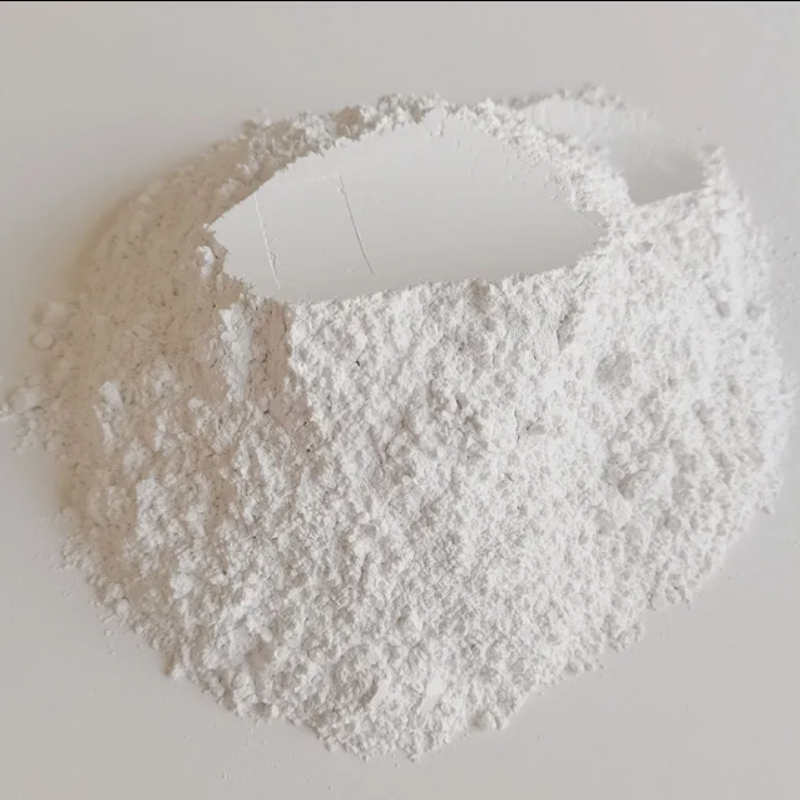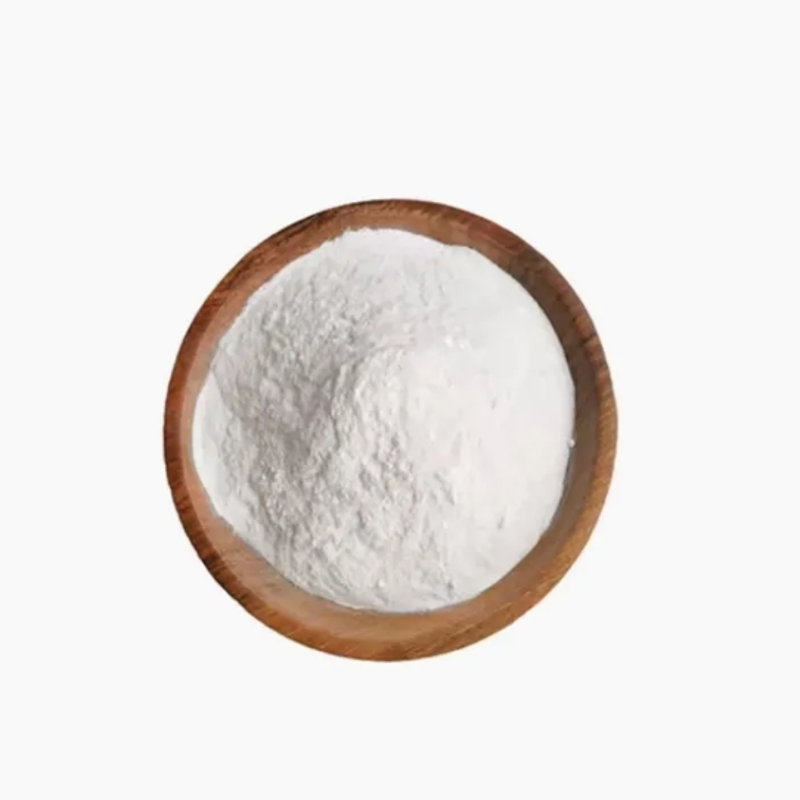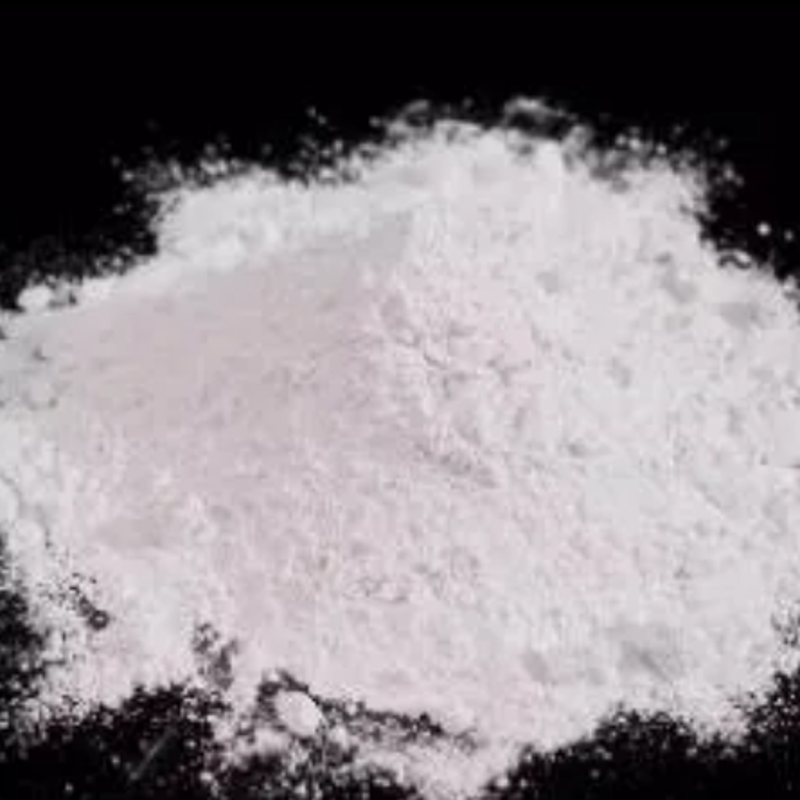-
Categories
-
Pharmaceutical Intermediates
-
Active Pharmaceutical Ingredients
-
Food Additives
- Industrial Coatings
- Agrochemicals
- Dyes and Pigments
- Surfactant
- Flavors and Fragrances
- Chemical Reagents
- Catalyst and Auxiliary
- Natural Products
- Inorganic Chemistry
-
Organic Chemistry
-
Biochemical Engineering
- Analytical Chemistry
-
Cosmetic Ingredient
- Water Treatment Chemical
-
Pharmaceutical Intermediates
Promotion
ECHEMI Mall
Wholesale
Weekly Price
Exhibition
News
-
Trade Service
The rapid development of China's automobile industry has directly led to the synchronous development of brake pad manufacturers, and the annual demand for brake pads in the country is about
The advantage of paint is that it is easy to paint, can be used brushing or spraying process for construction, the disadvantage is that paint is solvent-based paint, containing organic volatiles to pollute the environment and bring harm to the health of construction personnel, but also cause a large number of solvent waste paint online coatingol.
The advantage of using powder coatings is that it can be painted at one time to achieve the required coating thickness, high production efficiency, and can avoid environmental pollution caused by organic solvents and the harm to the health of operators, which is relatively environmentally friendly
Because the brake pad will rub and heat when working, the temperature of the brake pad will rise sharply in a short period of time, so the powder coating coating must have good heat dissipation performance and moisture and heat resistance
Formulations and raw materials
Test methods
Weigh the raw materials according to the formula, and then mix them uniformly through the mixer, and then use the twin screw extruder to melt and mix evenly extrude, press the tablet to cool, crush the high-speed crusher after crushing, and pass the 180 mesh standard sieve to obtain a powder coating
Electrostatic spraying method is used to spray on the substrate, curing the film under the condition of 150 °C/20min, and then taking out the natural cooling to room temperature, and then testing
outcome
Because the brake pads will rub and heat when working, the environment in which the brake pads are located in the rainy environment has high relative humidity, so the coating of the metal parts of the brake pads must have good heat dissipation, heat resistance, moisture and heat resistance and salt spray resistance
Compared with the smooth effect coating, the surface of the coating has a larger space in contact with the air, has a larger specific surface area, and is more conducive to dissipating this heat when the brake pad works to generate frictional heat, and the thermal oxidation pressure of the brake pad coating is relatively light
.
At the same time, the sand grain effect coating has better hydrophobicity, and under the same conditions, its moisture and heat resistance and neutral salt spray resistance and corrosion resistance are better
.
Therefore, the powder coating of the brake pads is made of a coating with a sand effect
.
At the same time, a certain proportion of heat-resistant additives are added to improve the heat resistance of the coating
.
Choice of polyester resin/epoxy resin ratio
Since the epoxy/polyester mixing system is easy to form a coating with a sand grain effect, the use of epoxy/polyester mixing system as a film-forming system for powder coatings for brake pads is more in line with practical application needs
.
Polyester is generally prepared by polycarboxylic acids, anhydride and polyols by condensation polymerization reaction, mostly colorless or yellowish transparent crystals, and its softening point varies
according to the proportion between the monomers of condensation polymerization and the relative molecular mass of the polymer.
Usually, the softening point is distributed at 95~115 °C, the acid number distribution ranges between 30~80mg KOH/g, and the glass transition temperature (Tg) is between
48 and 53 °C.
This type of resin can form a mixed reaction system with epoxy resin as a film forming material for powder coatings
.
According to the different acid numbers of polyester resins, the ratio of its mix with epoxy is commonly 50/50, 60/40, 70/30
.
In general, due to the structure of epoxy resin, its neutral salt spray corrosion resistance is better
than that of polyester resin.
As can be seen from Table 3, the salt spray resistance of polyester resin 1# with a polyester /epoxy mixing ratio of 50/50 is better
than that of polyester/epoxy mixing ratio of 60/40 polyester 2# and polyester /epoxy mixing ratio of 70/30 polyester 3 #.
This may be due to the fact that the polyester/epoxy 50/50 mixing system is relatively higher than the polyester/epoxy 60/40 mixed system and the polyester/epoxy 70/30 mixed system
.
Through the above comparative analysis, it was finally determined that the mixing ratio of polyester/epoxy was 50/50
.
Choice of epoxy resin
In the coating of the polymer/epoxy mixed system as the film-forming coating, the advantages and disadvantages of the neutral salt spray resistance of the coating mainly depend on the advantages and disadvantages of the epoxy resin in the formula and the proportion of epoxy resin, so the screening of epoxy resin is the most critical factor
.
According to the structure, epoxy resin can be divided into seven categories: bisphenol A epoxy resin, linear phenolic epoxy resin, o-cresol epoxy resin, bisphenol F type epoxy resin, bisphenol S type epoxy resin, hydrogenated bisphenol A type epoxy resin, silicone modified epoxy resin;
According to the production process, epoxy resin can be divided into one-step and two-step epoxy resin
.
Epoxy resins commonly used in the preparation of powder coatings are mainly bisphenol A type epoxy resins and linear phenolic epoxy resins
.
For polymers, it is often structurally determined by performance
.
The structure of bisphenol A type (BPA) epoxy resin is shown in the figure, and the ether bond on its main chain determines that it has strong corrosion resistance, and the crosslinking and curing reactivity of bisphenol A epoxy resin and terminal carboxyl polyester is determined
by its epoxy group end group.
The molecular structure of phenolic epoxy resin contains both the structural components of bisphenol A phenolic and phenolic components, and there are multiple epoxy groups, which have the characteristics
of high crosslinking density, high coating hardness and good wear resistance.
However, the introduction of its phenolic structure makes the yellowing resistance of the coating poor, so when it is used in powder coatings, it is necessary to consider the yellowing resistance factor
of the coating.
Structure diagram of bisphenol A type epoxy resin
The selection of bisphenol A epoxy resin for research, for the one-step and two-step production process of bisphenol A epoxy resin, different epoxy equivalent bisphenol A epoxy resin according to 50/50 and mixed polyester resin as the main film forming supplement supplemented with the necessary additives to prepare the coating, and the coating performance analysis and inspection, the results are as shown in the figure:
As can be seen from the above figure, under the same conditions, the coating prepared by the bisphenol A epoxy resin with the production process of the two-step method is better than the coating made of the bisphenol A epoxy resin of the one-step production process
.
Under the same conditions, the higher the epoxy equivalent of bisphenol A epoxy resin, the better
its yellowing resistance.
Choice of fillers
Due to the environment in which the brake pads are used, the coating needs to meet the needs of good heat dissipation and short-term high temperature resistance
.
Therefore, the filler composition in the powder coating formulation for brake pads must take into account its weather resistance, heat resistance and chemical stability
.
The effects of four fillers, namely mica powder, barium sulfate, calcium carbonate and quartz powder, on the coating properties were investigated, and the results were as follows:
From the results, under the same conditions, the coating hardness of the quartz powder selected for the filler is the highest, but the hardness is too high to affect the impact performance
of the coating.
The thermal stability of short-term high temperature is better with the coating effect of mica powder, and the coating does not attenuate
with the substrate due to thermal expansion and contraction in a short period of time at high temperature environment.
Choice of high temperature resistant additives
The brake pad is mainly affected by friction heat during the working process, and the friction heat conducts the brake pad coating, affecting the service life of the coating, thereby affecting the service life and safety
of the brake pad.
Silicone polymers, organofluoropolymers, polyarylene sulfone, poly-p-p-benzene braces and their heterocyclic polymers (including polyimides and polybenzimidazole) are representative high-temperature resistant materials
.
When these high-temperature resistant materials are used as high-temperature additives for powder coatings to improve the heat resistance of coatings, it is necessary to fully consider the compatibility and wetting factors
between them and the components in the powder coating formulation.
In a certain proportion of addition, silicone polymers and organofluoropolymers and powder coating formulations have better
compatibility.
The results are as follows:
The salt spray performance of silicone polymers and organofluorine polymerization compounds is more pronounced
after the addition of heat resistance to the coating.
epilogue
Because the brake pad will rub and heat when working, the temperature of the brake pad will rise sharply in a short period of time, so the coating must have good heat dissipation performance, heat resistance, moisture and heat resistance, and the use environment of the brake pad requires that the neutral salt spray performance of the coating is also relatively high
.
The heat resistance and salt spray resistance of the brake pad coating have a great impact on the life of the brake pad and are of great importance
to driving safety.
After the above experiments, it was found that 50/50 hybrid polyester resin and two-step epoxy resin were used as the main film forming system
.
With mica powder and barium sulfate as fillers with good heat resistance, supplemented by additives such as high-temperature additives and sanding agents, the low-temperature curing powder coatings that meet the conditions for the use of brake pads are prepared, and the resulting coatings have the advantages of
energy saving and environmental protection.







